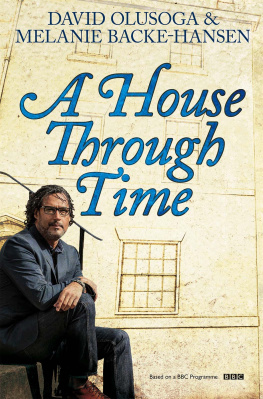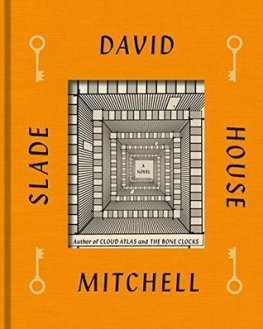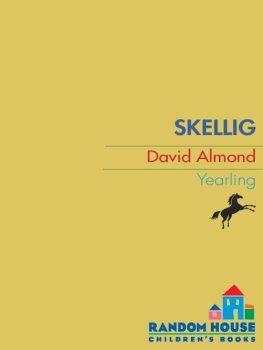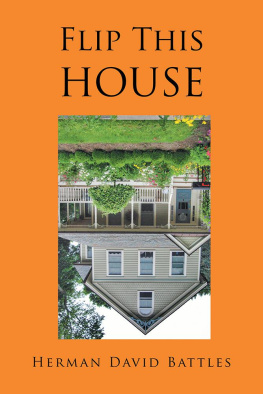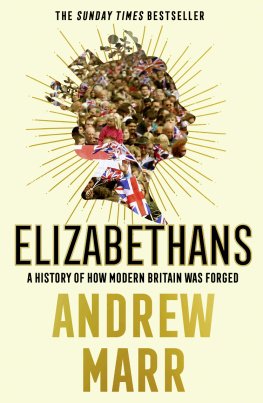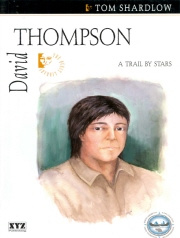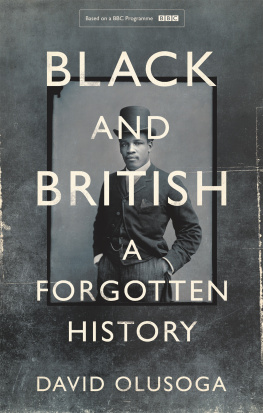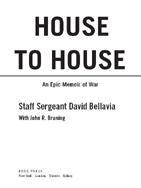David Olusoga - A House Through Time
Here you can read online David Olusoga - A House Through Time full text of the book (entire story) in english for free. Download pdf and epub, get meaning, cover and reviews about this ebook. year: 2020, publisher: Pan Macmillan UK, genre: Religion. Description of the work, (preface) as well as reviews are available. Best literature library LitArk.com created for fans of good reading and offers a wide selection of genres:
Romance novel
Science fiction
Adventure
Detective
Science
History
Home and family
Prose
Art
Politics
Computer
Non-fiction
Religion
Business
Children
Humor
Choose a favorite category and find really read worthwhile books. Enjoy immersion in the world of imagination, feel the emotions of the characters or learn something new for yourself, make an fascinating discovery.
- Book:A House Through Time
- Author:
- Publisher:Pan Macmillan UK
- Genre:
- Year:2020
- Rating:5 / 5
- Favourites:Add to favourites
- Your mark:
- 100
- 1
- 2
- 3
- 4
- 5
A House Through Time: summary, description and annotation
We offer to read an annotation, description, summary or preface (depends on what the author of the book "A House Through Time" wrote himself). If you haven't found the necessary information about the book — write in the comments, we will try to find it.
A House Through Time — read online for free the complete book (whole text) full work
Below is the text of the book, divided by pages. System saving the place of the last page read, allows you to conveniently read the book "A House Through Time" online for free, without having to search again every time where you left off. Put a bookmark, and you can go to the page where you finished reading at any time.
Font size:
Interval:
Bookmark:

Through
Time
MELANIE BACKE-HANSEN

David Olusoga is a British-Nigerian historian, broadcaster and BAFTA award-winning presenter and filmmaker. He is Professor of Public History at the University of Manchester and a regular contributor to the Guardian, Observer, New Statesman and BBC History Magazine. His previous books include Black and British, which won the PEN Hessell-Tiltman Prize and the Longman-History Today Trustees Award, The Kaisers Holocaust and The Worlds War. He was also a contributor to The Oxford Companion to Black British History. In 2019 he was awarded an OBE for services to history and community integration.
Melanie Backe-Hansen is a historian, writer, and speaker, who specializes in researching the social hstory of houses throughout the United Kingdom. She is the author of two books, House Histories: The Secrets Behind Your Front Door (2011) and Historic Streets and Squares: The Secrets on Your Doorstep (2013), and she was a consultant on the television series of A House Through Time. She is a member of the Royal Historical Society and an honorary teaching fellow at the University of Dundee.

First published 2020 by Picador
This electronic edition first published 2020 by Picador
an imprint of Pan Macmillan
The Smithson, 6 Briset Street, London EC1M 5NR
Associated companies throughout the world
www.panmacmillan.com
ISBN 978-1-5290-3725-8
Copyright Twenty Twenty Productions Limited, OP Words and Pictures Ltd 2020
Cover Images Andrew Hayes-Watkins/BBC Photo Library
Cover Design Holey and Moley www.holeyandmoley.com
The right of David Olusoga to be identified as the author of this work has been asserted by him in accordance with the Copyright, Designs and Patents Act 1988.
You may not copy, store, distribute, transmit, reproduce or otherwise make available this publication (or any part of it) in any form, or by any means (electronic, digital, optical, mechanical, photocopying, recording or otherwise), without the prior written permission of the publisher. Any person who does any unauthorized act in relation to this publication may be liable to criminal prosecution and civil claims for damage.
A CIP catalogue record for this book is available from the British Library.
The photo credits constitute an extension of this copyright page.
Visit www.picador.com to read more about all our books and to buy them. You will also find features, author interviews and news of any author events, and you can sign up for e-newsletters so that youre always first to hear about our new releases.
PLATE SECTION
TEXT ILLUSTRATIONS
W hen we move into a new house we instantly set about stamping our tastes and our identities on to it. We redecorate, we arrange our furniture and our books, the collected volumes that we hope say something about us and our lives. This, and the frenzy of cleaning and scrubbing that precedes it, is about much more than domestic hygiene and personal taste. It is also an attempt to exorcize the lingering presence of past residents from our new private space.
In our frantic urge to turn an old house into a new home we attempt to conceal an unavoidable fact that until recently it was the home of other people, and before them yet more people; a line of strangers stretching back decades and often centuries. But the truth is that no matter how many layers of paint we slap on or alterations we make, we can never succeed in wiping away the traces of the lives that have been lived there before us. If walls could talk it would be ordinary homes, not grand public buildings or the mansions of the rich, that would have all the best stories. This is because it is at home, behind closed doors and drawn curtains, that we live out our inner lives and family lives. Only there, in the domestic space, in living rooms, kitchens and bedrooms, either alone or in the company of our partners, parents and children, are we genuinely ourselves.
There is a simple but harsh truth about houses they live longer than we do. Their ages are counted in centuries rather than decades and some have multiple lives. Houses are malleable in ways that we are not. They can change function and status, they can be restored and brought back from the dead. Houses can adapt to changing times, they can survive economic downturns by slipping into states of almost suspended animation, living on long enough to be rediscovered and restored. Millions of British homes bear the marks and scars of such restorations and transformations: patches of new stonework or brickwork amidst the old and the ghostly outlines of doorways and windows that were long ago filled in. Our fleeting lives become single chapters in their longer stories. We might leave our marks, but they are overlain by those of later generations who will undo what we have done and make our spaces their own. For millions of people these stark realities are invigorating rather than disheartening. Rather than lament their ephemeral place in the stories of our homes they are enthralled by the possibilities these realities open up. They accept that our homes, the most intimate spaces in our lives, and the most expensive purchases we ever make, come to us second-hand, with a history of their own already written. Instead of being unsettled by these realities they are drawn to the twin prospects of becoming a small part of a bigger history and of uncovering the previous hidden chapters.
Our homes are acutely familiar and yet their histories are concealed from us. The urge to know more, to discover something of lives lived in the same space in earlier times, is seemingly innate. Most people who are given a map of their home town from a previous century instinctively look for their own house and street. If we are lucky enough to discover a picture of our home from the past most of us find the experience both profound and unsettling. The effect is more profound if the faces of past occupants stare back out at us. To see them standing in our doorways, tending our gardens, smiling out into the street from our front windows is mesmerizing and at the same time disconcerting. In recent years thousands of people have surrendered to the urge to know more about the past lives of their homes. House histories have become the new frontier of popular, participatory history. Many of those who set out to discover the secrets contained within their own four walls are those who have already uncovered their ancestors in the archives. Enthralled by those discoveries they set out to become the curators of another history within which they are the inheritors.
Many books about the history of the British home focus largely on one thing architecture. The history of domestic architecture, along with the history of design and home organization, will be part of this book. How could it not be? However, the true significance of the material histories of our homes is that the lifeless things that estate agents love to call original features enable us to commune with past residents, members of the generations for whom our homes were originally built. The features and decoration that they so valued offer us a glimpse into their lives and a better understanding of the societies they knew and the times they lived in. Innately we care about flesh and blood more than bricks and mortar, and material history only matters because it mattered to them.
Font size:
Interval:
Bookmark:
Similar books «A House Through Time»
Look at similar books to A House Through Time. We have selected literature similar in name and meaning in the hope of providing readers with more options to find new, interesting, not yet read works.
Discussion, reviews of the book A House Through Time and just readers' own opinions. Leave your comments, write what you think about the work, its meaning or the main characters. Specify what exactly you liked and what you didn't like, and why you think so.

